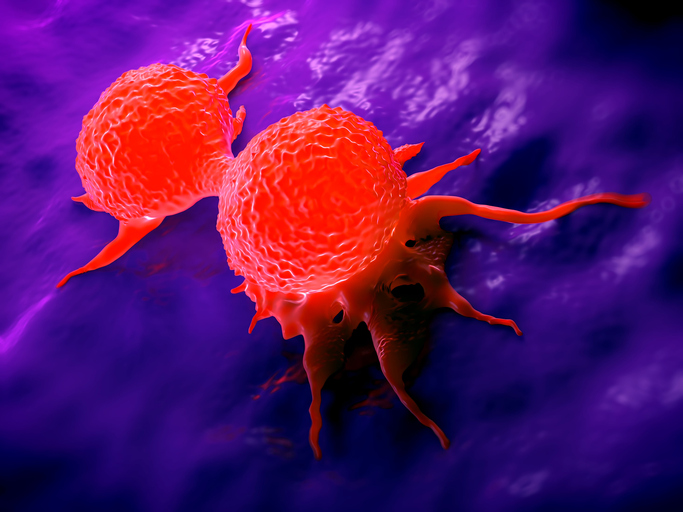
Researchers have identified racial disparities in patient response to neoadjuvant chemotherapy (NACT) for early-stage breast cancer, which could have a biological basis.
They found that Black women were less likely than White women to achieve pathologic complete response (pCR) after NACT, defined as the absence of invasive cancer in the breast and axillary nodes, irrespective of ductal carcinoma in situ.
This occurred despite similar treatment regimens, the investigators report in the journal JAMA Network Open.
A greater length of time before chemotherapy was initiated and shorter NACT duration were significantly associated with a decreased likelihood of achieving pCR.
Patient outcomes were also affected by hormone receptor (HR) expression status and the amplification of human epidermal growth factor receptor 2 (ERBB2, formerly HER2), the team reports.
“We observed that the racial disparity in pCR was most profound among patients with HR-/ERBB2+ disease,” report senior researcher Olufunmilayo Olopade, PhD, a professor of medical genetics at the University of Chicago at Illinois, and co-workers.
“Given that pCR rate for women with HR-/ERBB2+ disease was also highest of all breast cancer subtypes, as shown in this and other studies, disparate response to similar treatment plans suggested the existence of underexplored biological differences.”
Previous research has highlighted the overrepresentation of aggressive breast cancer subtypes in Black women as well as differences in genomic landscape.
To better understand racial differences, the team studied 690 patients diagnosed with invasive nonmetastatic breast cancer over a period of nearly two decades at the University of Chicago Medicine who were receiving NACT. Participants were followed up for a median of 5.4 years.
The general clinical rationale for administering NACT was to shrink or downstage a locally advanced tumor to make it operable, and to monitor chemotherapy response in order to adjust post surgery treatment.
The researchers also conducted next-generation sequencing on tumor-normal tissue pairs in a subset of 186 patients with available tumor specimens in their biobank to examine somatic alterations in primary and residual tumors.
Overall, 36.6% of 355 White patients achieved pCR compared with just 28.6% of the 269 Black patients. Not achieving pCR was associated with significantly worse overall survival, with an adjusted hazard ratio of 6.10.
Black patients with the HR–negative/ERBB2+ subtype faired particularly poorly compared with similar White patients, with an adjusted odds ratio of 0.30 for pCR.
Compared with White patients who had ERBB2+ disease, those who were Black were more likely to have MAPK pathway alterations, at 30.0% versus 4.6%.
Tumor mutational burden and somatic alterations in several genes differed significantly between the primary and residual tumors, such as FGF4, FGF3, CCND1, MCL1, FAT1, ERCC3, and PTEN.
The team further then investigated potential molecular features including estrogen receptor (ER) and progesterone receptor (PR) scores, ERBB2/CEP17 ratios, and whether patients were luminal A- or B-like based on current European Society for Medical Oncology guidelines.
Black patients had a slightly lower ERBB2/CEP17 ratio compared with White patients, which has previously been associated with lower pCR rates.
Consistent with other studies, luminal B-like tumors and those with lower ER and PR positivity had higher odds of achieving pCR.
Adjusting for ER and PR scores or luminal tumor category was able to substantially neutralize the differences in pCR between Black and White patients with HR+/ERBB2, although the results were statistically insignificant and limited by sample size.
The researchers add: “By performing next-generation sequencing on primary and residual tumors, this study identified that alterations in two pathways, MAPK and PI3K/AKT, occurred more frequently among Black patients with ERBB2+ disease compared with White patients.
“Alterations in these two pathways were previously reported to result in resistance to anti-ERBB2 therapy. On the other hand, they also have the potential to serve as viable therapeutic targets to be combined with anti-ERBB2 therapies.”













